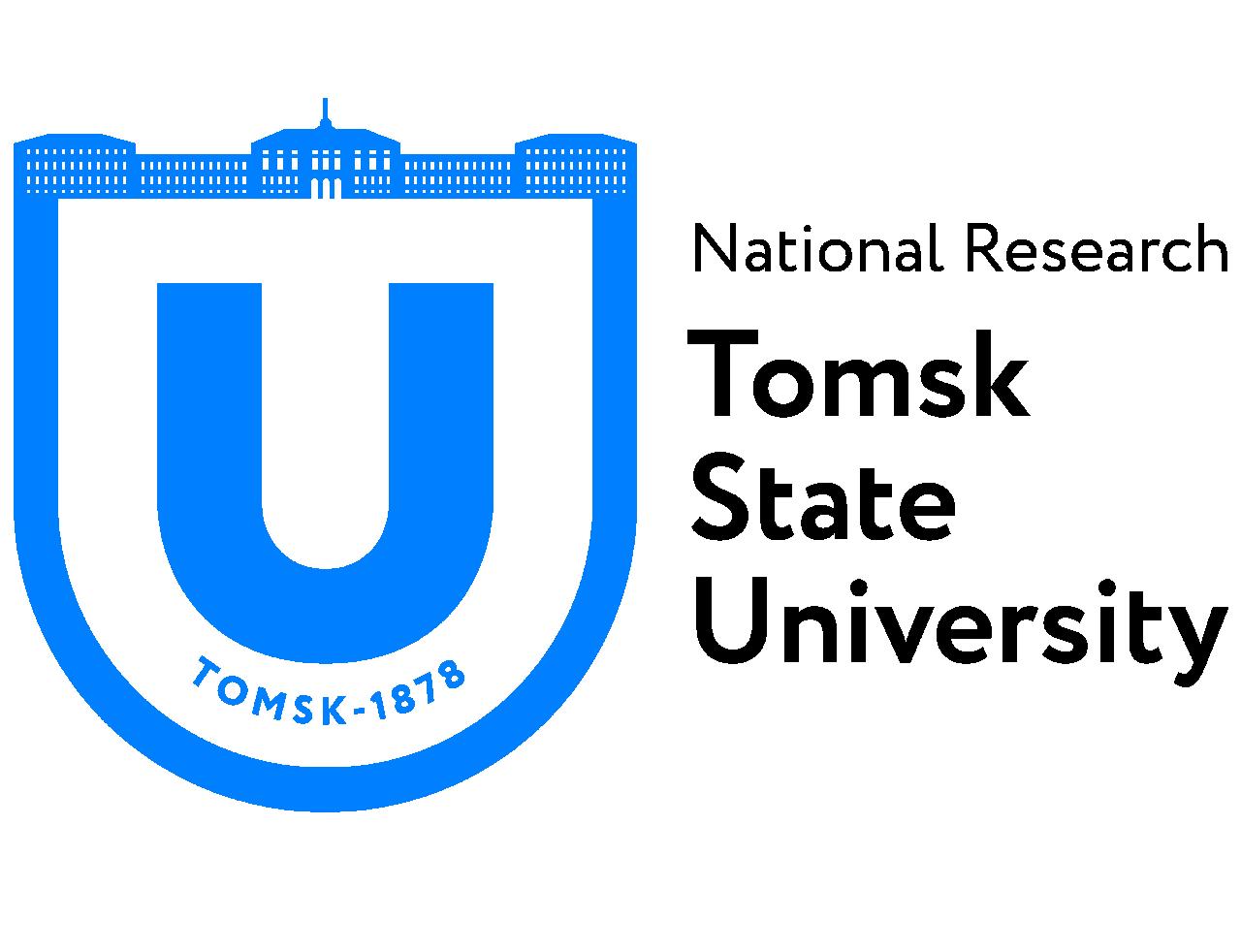Tomsk State University: TSU scientists made a film about disappearing lakes in the permafrost
The staff of the TSU Bio-Geo-Clim Laboratory is studying khasyrey – drained thermokarst lakes formed by the thawing of permafrost. This natural phenomenon is widespread in the Arctic zone of the Russian Federation. Filming done during an expedition to the Yamalo-Nenets Autonomous Okrug formed the basis of the film, in which researchers tell how khasyrey were born and die and whether the melting of permafrost always has negative consequences for nature.
Permafrost attracts the attention of scientists all over the world because the state of soils in the Arctic and subarctic has recently been changing rapidly. The main reason for this is the global transformation of the climate and an increase in the average temperature on the planet, and moreover, the polar regions are heating the most. Melting of permafrost often has negative consequences: infrastructure suffers (buildings and roads) and the integrity of pipelines is disrupted.
– The destruction of permafrost is extremely important from the point of view of the carbon cycle (carbon is the main component of greenhouse gases), which has been accumulating and stored in the soils of the Arctic and subarctic for thousands of years, – explains Georgy Istigechev, one of the authors of the film, and a staff member of the Bio-Geo-Clim Laboratory. – The thawing of permafrost can lead to the intensification of the decomposition of organic substances, thereby causing an explosive increase in the emission of greenhouse gases into the atmosphere – methane and carbon dioxide. This will further intensify warming.
However, as scientists note, the destruction of permafrost is not always negative. For example, it leads to the emergence of oases in the Arctic zone and increases the productivity of its ecosystems.
– The thawing of permafrost in the past (more than 3,000 years ago) was a starting point for the formation of thermokarst lakes, which occupy almost 50% of the area of the Khanymey flat area,- says Sergey Loiko, project manager, a staff member of the TSU Bio-Geo-Clim Laboratory. – Over time, the lakes expand and dry up when they reach the stream valleys. This is how the khasyrey appear. At the bottom of the former lake, there is a large number of nutrients, thanks to which there is an intense growth of grass and algae, and fish come in, which attracts birds, including migratory birds, and other animals.
In some landscapes, for example, Pur-Tazovsky, over the past hundred years, in comparison with the previous 2,000 years, the drainage rate of lakes has increased 19 times. This is partly due to the warming climate. Scientists are investigating the mechanisms and principles of the functioning of the Arctic oases. New knowledge can be used to successfully grow fodder crops in the Siberian Arctic.

